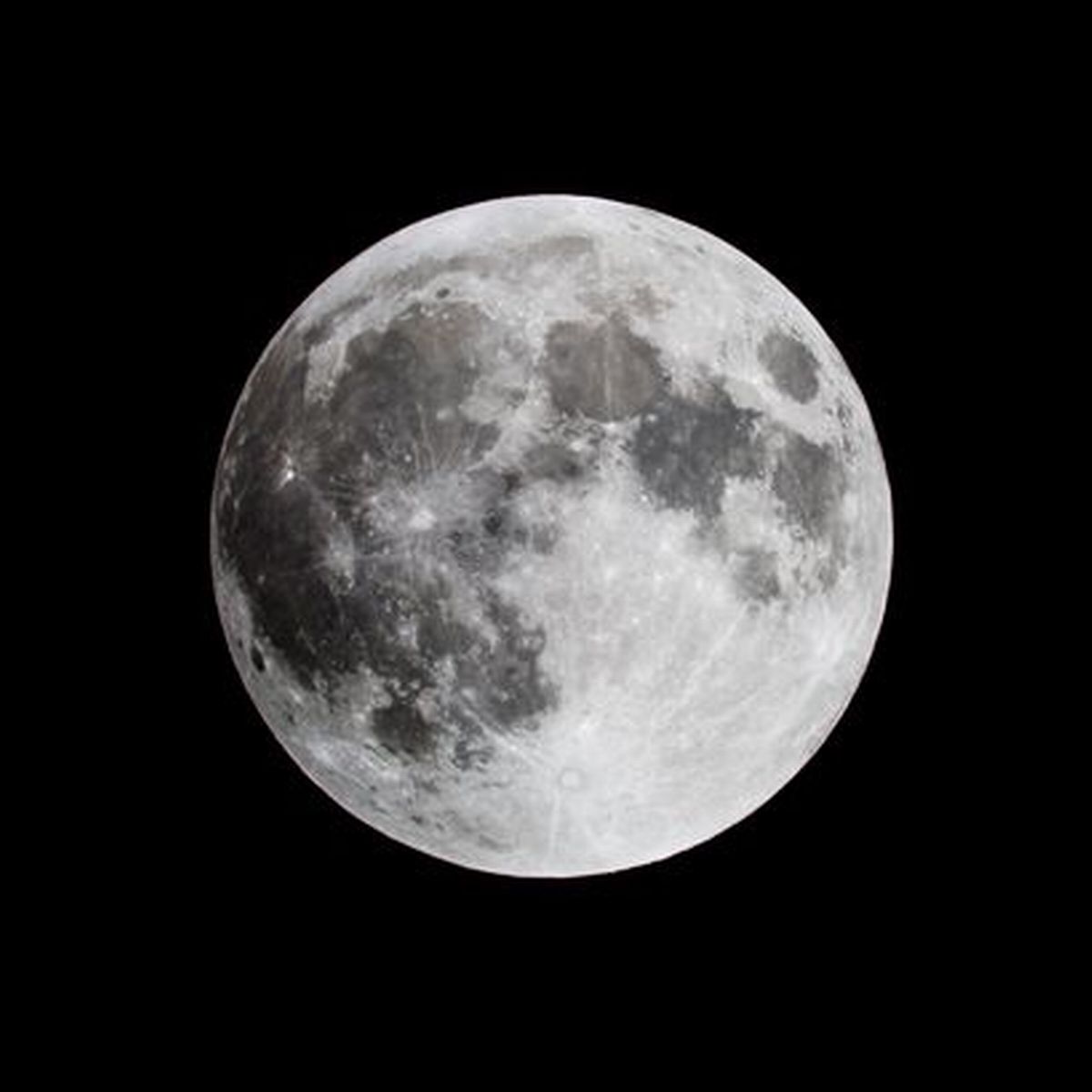According to a new study, a full moon can influence sleep and menstrual cycles. On the day of the full moon, people go to bed later and sleep for fewer hours. While menstruation in females is also affected by shifts in the moon’s gravimetric forces.
We all know that a moon can dictate the pushes and pulls of the tides, but what if you came to know that the moon can actually change the way you sleep and can also synchronise with women’s menstrual cycles. Although the moon is Earth’s only natural satellite, it is also considered an astronomical body that directly impacts the fate and fortunes of humans by many.
According to a new study, the myth about the moon influencing menstrual cycles and sleeping patterns may be true. Researchers have found that moon phases affect the sleeping durations of humans and menstruation patterns in the female reproductive system. Scientists in two new studies have found that people go to bed later and sleep fewer hours before a full moon’s night, while menstrual cycles in many women seem to temporarily synchronise with lunar cycles.
Lunar cycles and sleep:
In 2005, psychiatrist David Avery suspected that the moon and its gravitational pull on the Earth were severely affecting the sleeping cycle of humans, ranging from near-total insomnia to get a good 12 hours of sleep at night.
A 2013 study conducted in a highly-controlled environment also found that participants took five more minutes to fall asleep and sleep 20 minutes less in the days leading up to the full moon. Even when they weren’t exposed to any moonlight. Also, it was noticed that the amount of deep sleep the participants experienced dropped by almost 30 percent.
A study published in the science advances journal found that in the days leading to the full moon, people go to bed later and sleep for fewer hours. For this work, the team of researchers studied college students in the city of Seattle, Washington, and also with those living in indigenous communities in northern Argentina, two different environments were taken into account where there is a variety in individual’s access to electricity because of how artificial light might affect the participants.
Using sleep-monitoring wrist devices, they studied 98 individuals living in three Toba-Qom indigenous communities in Formosa, Argentina, and additionally used sleep data from 464 college students in the Seattle area. The team found that, while the connection between sleep cycles and lunar cycles is a bit more obvious in communities without electricity access, the connection still seems to be present in areas with electricity as well.
“We see a clear lunar modulation of sleep, with sleep decreasing and a later onset of sleep in the days preceding a full moon,” lead author Horacio de la Iglesia said. He also said, “If people are reporting poorer sleep after a full Moon it could be an example of confirmation bias – where people are more likely to notice and remember information which fits with their beliefs. A full moon often catches the eye and people link it to their night of interrupted sleep – whereas a crescent moon is less likely to be noticed.”
“We hypothesise that the patterns we observed are an innate adaptation that allowed our ancestors to take advantage of this natural source of evening light that occurred at a specific time during the lunar cycle,” said study author Leandro Casiraghi, a University of Washington postdoctoral researcher in the biology department.
Lunar cycle and menstruation:
In a separate study published in Science Advances, researchers showed that there could be some link between menstrual cycles and moon cycles, despite all myths concerning it.
By analysing menstrual cycle records that 22 women kept for up to 32 years. The researchers examined that long-term data on menstrual cycle onset with data averaging a length of 15 years and including information from women both under and over age 35.
On comparing the data with fluctuations in the lunar cycles, the researchers found that women who participated and whose menstrual cycles last longer than 27 days showed intermittently synchronised menstrual cycles with the intensity of the moonlight. The team also determined that this synchronisation was slowly lost with respect to time as the participants grew older, and found that the link was lessened with increased exposure to artificial light.
More specifically, it was concluded that “menstrual cycles also aligned with the tropical month (the 27.32 days it takes the moon to pass twice through the same equinox point) 13.1 percent of the time in women 35 years and younger and 17.7 percent of the time in women over 35, suggesting that menstruation is also affected by shifts in the moon’s gravimetric forces.”

